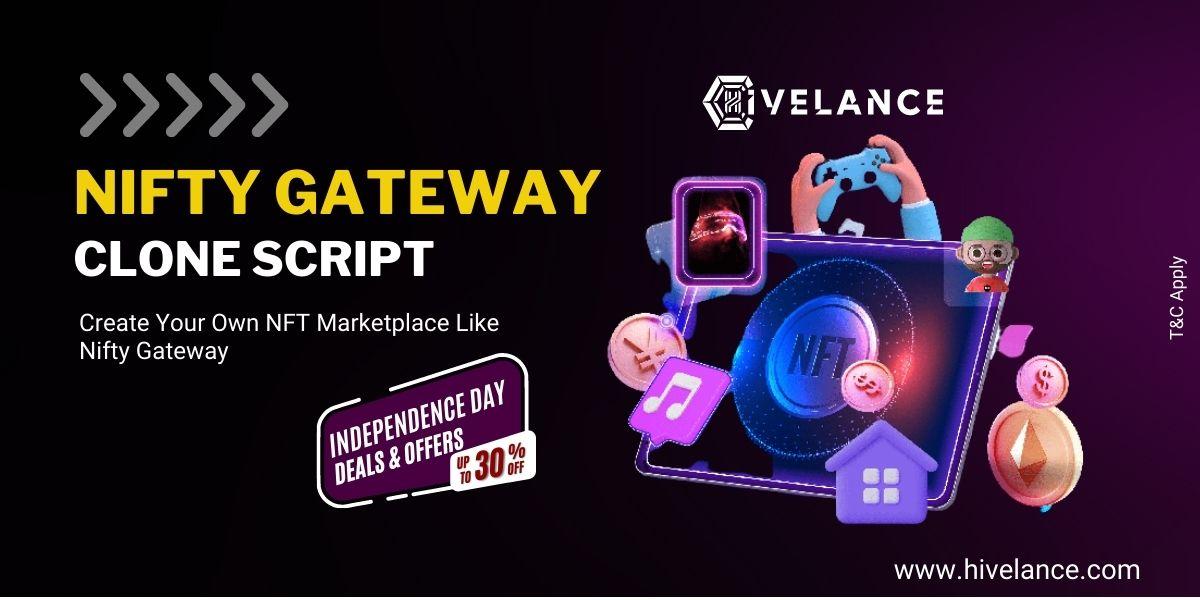This is a guest post by Toby Bennett, Sales Director at GL Events UK, suppliers of marquees, temporary structures, tiered seating and semi-permanent buildings for every application.
Debs Armstrong, creator of Summerland and arguably one of the most dynamic and creative people working in the events industry at the moment, didn’t start her career as an event professional but as an artist.
Anyone who has listened to the career of Debs will have heard how her art focused on the creation of spaces, visual experiences and storytelling. She created immersive environments; little worlds that people could walk into and through. It’s no wonder this skill was transferred to the events industry and is being applied with such finesse.
A new breed of organiser is emerging
Debs isn’t the only one. Increasingly we’re seeing a new breed of event organiser emerging. Instead of the hyper energised, highly geared, focused, attention-to-detail-loving, organiser extraordinaire; we’re now seeing a more considered, thoughtful event professional. These people are artistic in their approach, they think deeply, focus a little more on the creative process and the emotion.
The return on investment discussion seems to linger in-between these dual personalities. One is easily trackable; charts and processes, what should happen did happen and the result was a tight, well run event.
The second is a little more slippery and asks us to evaluate the emotional effect on a person that enters a world, how did it change their mood as well as their mind? Art is impossible to fit into an ROI model, yet it is this new brand of event organiser that is showing its value to businesses every day. Create a world around my brand, and I can sell the products it represents.
Related: Brands + Events = Profitable, engaging experiences for everyone
Space = Freedom
At GL events UK, we have to admit that our heritage is in the former, no matter what the style of event organiser we are working with, the act of putting up a temporary structure is one of organisation, process and safety.
Ours is a product that can’t be ambiguous. That’s not to say that we don’t allow ourselves to be creative, we certainly do, but what we do, needs to suit both styles of event production. We can work in the same way as one, but through our work we can set free the other.
We’re also in the privileged position to see the end effects of what creative event organisers are doing at the moment, and we allow ourselves the pride of seeing the space that we built, turned into something quite extraordinary. We’ve also spent some time speaking to our customers about their approach and have come up with the following advice that they use to deliver transformational experiences to their attendees.
How creative organisers are delivering transformational experiences
1. Create an emotional journey: Don’t just focus on what people are going to see and read. But how they are going to feel, and how you want them to feel. Think about if you want to surprise them, inspire them, make them laugh or cry.
2. Go to other events / experiences: Like any process, research is critical. Go to as many events and experiences as possible. Use these opportunities to pick apart or critique the event, what it was trying to do and how it did. Don’t just go to the sort of events that you create, but other experiences, get out of your comfort zone. Kids theme parks, museums, even sporting events can be a fountain of inspiration on creating emotional responses.
3. Be a storyteller: If you want to create emotion, then tell a story. Think about your event as a dramatic or theatrical process. Unveil the story slowly, take your time, build to moments of drama, create tension. From a business conference to a major party, make sure your event isn’t one dimensional and that it tells the story.
4. Be a curator of experience: An event is a rich source of information, and it’s possible to tell your audience so many things because it’s a live environment. So curate the information in the same way one would edit a film (or story). Allow the curation to let important pieces of information stand out and have its space.
5. Think visually: By thinking about an event in the ways mentioned above, you will find that your creative juices will be flowing. So take these ideas and see how they look visually. Design a colour palette that reflects the tone you want to set, think about iconography and imagery that can support it. You’ll very soon be filling the room.
6. Less is more: You may well be in a position that you’re filling up space with all sorts of lighting, staging, shows, entertainment, branding and iconography. Now is the time to cut back to the very basics that tell your story. People like space, so make sure you draw the line between inspiring them and confusing them.
7. Be focused: Sometimes it’s not best to get opinions too early on in the creative process. What is in your mind, may not translate too well until it is fully formed and bought to life. Equally, you’ll have a strong view on what the end result will be so try to stay the course.
8. Remember the people are the experience: The whole point of an event is that it is an experience. So your most important element is the people that come and how they interact together. Give them talking points, make them happy with food and beverage, give them comfort in furniture, but also give them space to have their own experience. People like to find their own way, the event organisers job is to guide them.
Related: Emotional Marketing: What is the appeal of nostalgia and the memory of experience?
Conclusion
It’s no wonder that ambitious event creatives are becoming increasingly demanding about how far they can push the boundaries of experiential. They are creating experiences that start long before the event and finish long after.
They are taking control of what is outside of the room as well as what is inside, and they won’t accept traditional boundaries when putting on an immersive event that aims to be transformational for everyone involved, from the venue to the brand, the organiser to the attendee.





